So I’m a sucker for Russian literature, and while I was recently reading a biography of Leo Tolstoy written by his daughter—Alexandra Tolstoy’s The Life of My Father (1953)—I had to set it down when I heard about this just-out tome, Daniel Beer’s The House of the Dead: Siberian Exile Under the Tsars (2017), which I couldn’t resist. Published by Knopf and debuting in January, around the same time our nation began reeling from the Manchurian candidate slash “so-called” President Trump, its timeliness and relevancy is part of the draw. A hefty five-hundred pages long, it’s not a light read, but the fact that I finished it is also testament to its quality and fascinating material.

Ultimately The House of the Dead is a plaintive, tragic story of heartlessness and paranoia, of thousands upon thousands of political prisoners and common criminals cast into the rough wilds of Siberia, their ankles bound in chains, their heads shaved on one side, with little warm clothing, horrible food, and pathetic shelter for a century of steady abuse. It was an outrage for intelligent and compassionate Russians, and Beer quotes and references two of nineteenth-century Russian literature’s masters—Anton Chekhov and Fyodor Dostoyevsky—who witnessed the privations firsthand. I’ll warn the reader some of the material is not for the faint of heart. The conditions inside the actual prisons were brutal to the point of being sickening, but the ordinary conditions of life outside the physical prisons were gruesome enough. There’s a quote about Siberia being a “vast prison without a roof,” which seems accurate, but doesn’t do justice to the contradictions of this political expedient slash social experiment: the Russian government essentially seized and populated the lands of Siberia with settlers and with political prisoners, and the two populations intermingled very uneasily. Settlers wives and daughters were raped and murdered by “vagabonds”—essentially gangs of escaped prisoners who roamed the countryside, but could not make it all the way back to Mother Russia, otherwise known as Europeanized Russia, west of the Ural Mountains. Most of the prisoners had to walk there, from seventeen hundred to over two thousand miles, all the while their legs were in chains, tramping through bitter snow and ice in winter, heat and humidity in summer. They were sent east from the cities of Moscow and St. Petersburg to the Ural Mountains, and after the Urals passed a famous obelisk which marked the boundary between Europe and Asia. Here’s a famous painting that marks that point:
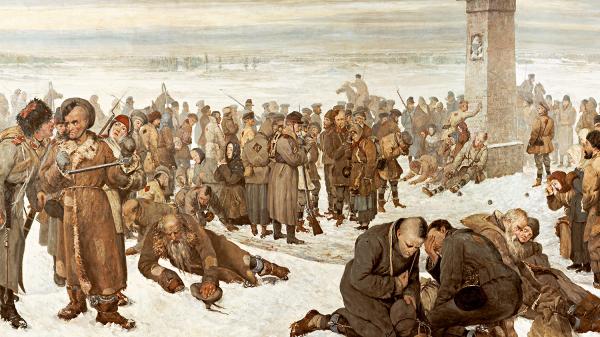
“Farewell to Europe!, 1894, former exile Aleksander Sochaczewski’s painting of his fellow Polish rebels of 1863 taking leave of Europe at the Siberian Boundary Post. The painting now hangs in Poland’s Museum of National Independence in Warsaw.”
It’s a terrific book, and has a political moral in tow: While the Czars exiled political prisoners out of fear of a popular uprising against their harsh policies, they created a crucible for the Bolshevik revolution by congregating those exiles all in one vast place. In recent Trump rallies the crowd shouted “Lock her up! Lock her up!” (referencing Hillary Clinton, of course) and bumper-stickers that read “Hillary for Prison, 2016.” There’s much talk in Op-Ed pages about Trump’s slippery slope of race-baiting and insistence on repeating lies, and we should heed the lessons of history when confronting the mendacity that emanates from our current government.
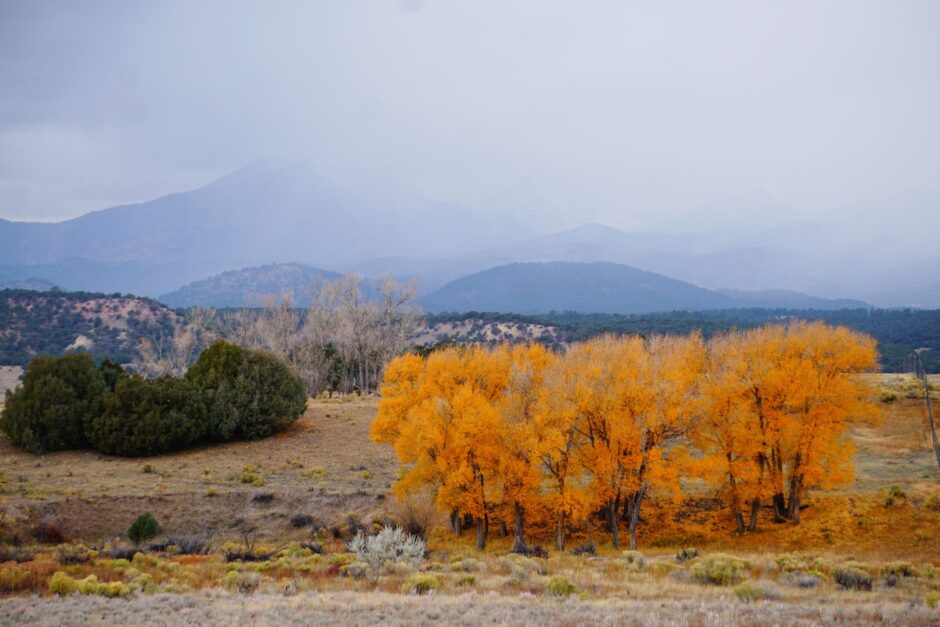
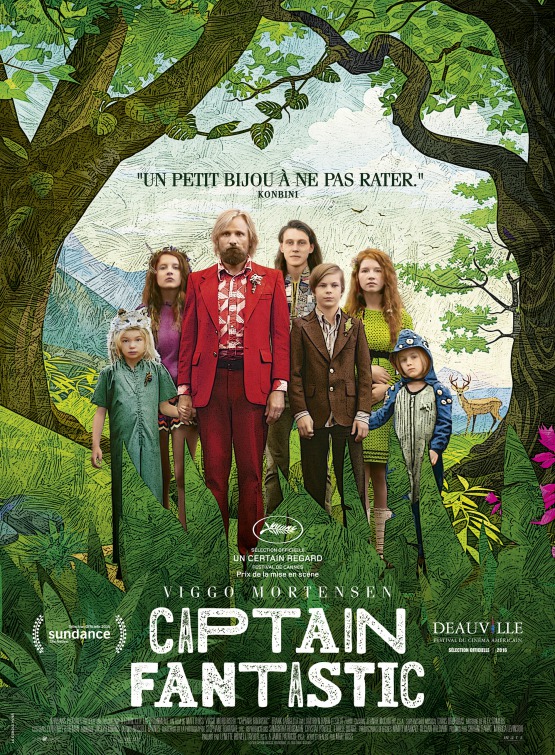 It’s set in the Pacific Northwest, and opens with a scene in which the family, face-painted and somber, ambush a mule deer for dinner. They’re living in the woods, completely off the grid, sometimes like a primitive tribe, in renunciation of the consumer-culture whoredom that is mainstream culture. There’s much to like about this little gem, which is at turns disturbing, silly, raucous, somber, inspiring, dignified, and rambunctious. I was impressed to learn it’s the brainchild of actor/writer/director Matt Ross, who plays to perfection the devious tech-billionaire Gavin Belson in HBO’s Silicon Valley, and who also played Alby Grant, the tortured closet-homosexual polygamist in HBO’s Big Love. The moment in which Viggo’s kids ask questions about sex and end up reading The Joy of Sex is arch, squirmy fun. The plot roughly revolves around the family adapting and grieving over the suicide of Viggo’s wife and the kids’ mother, and traveling out into mainstream America to confront their history, her legacy, and the limits of home-schooling. I’d qualify it as a comedy, but Viggo Mortensen does a great job in the most tragic moments as well.
It’s set in the Pacific Northwest, and opens with a scene in which the family, face-painted and somber, ambush a mule deer for dinner. They’re living in the woods, completely off the grid, sometimes like a primitive tribe, in renunciation of the consumer-culture whoredom that is mainstream culture. There’s much to like about this little gem, which is at turns disturbing, silly, raucous, somber, inspiring, dignified, and rambunctious. I was impressed to learn it’s the brainchild of actor/writer/director Matt Ross, who plays to perfection the devious tech-billionaire Gavin Belson in HBO’s Silicon Valley, and who also played Alby Grant, the tortured closet-homosexual polygamist in HBO’s Big Love. The moment in which Viggo’s kids ask questions about sex and end up reading The Joy of Sex is arch, squirmy fun. The plot roughly revolves around the family adapting and grieving over the suicide of Viggo’s wife and the kids’ mother, and traveling out into mainstream America to confront their history, her legacy, and the limits of home-schooling. I’d qualify it as a comedy, but Viggo Mortensen does a great job in the most tragic moments as well.

 Melania is doing her best to remind us all of Boris & Natasha from Rocky & Bullwinkle fame, right? Or Helene, Pierre’s devious wife in Tolstoy’s War and Peace (1869). Hear the voiceover? A Russian accent hissing, “You stupid Americans. We steal country out from under your nose, and laugh at you. Ha ha ha! Welcome to gulag, Yankee pig dog!”
Melania is doing her best to remind us all of Boris & Natasha from Rocky & Bullwinkle fame, right? Or Helene, Pierre’s devious wife in Tolstoy’s War and Peace (1869). Hear the voiceover? A Russian accent hissing, “You stupid Americans. We steal country out from under your nose, and laugh at you. Ha ha ha! Welcome to gulag, Yankee pig dog!”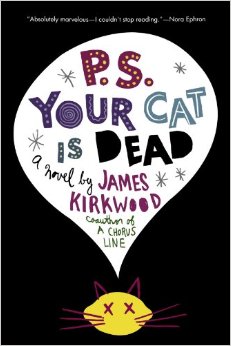
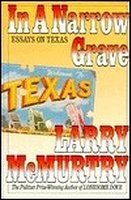



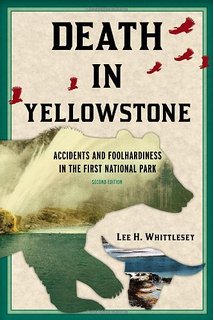
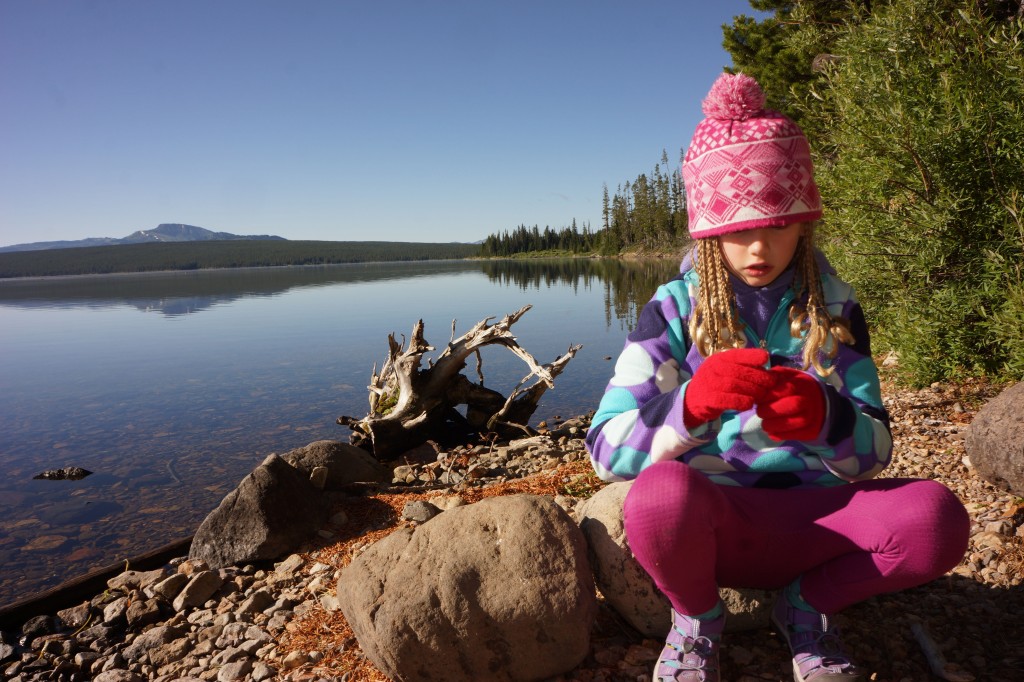
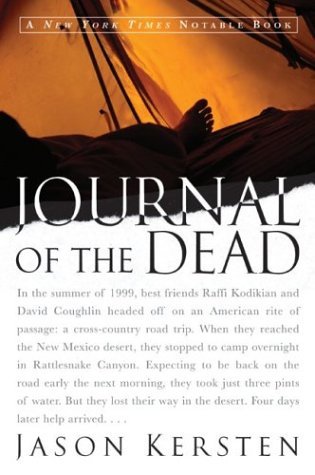
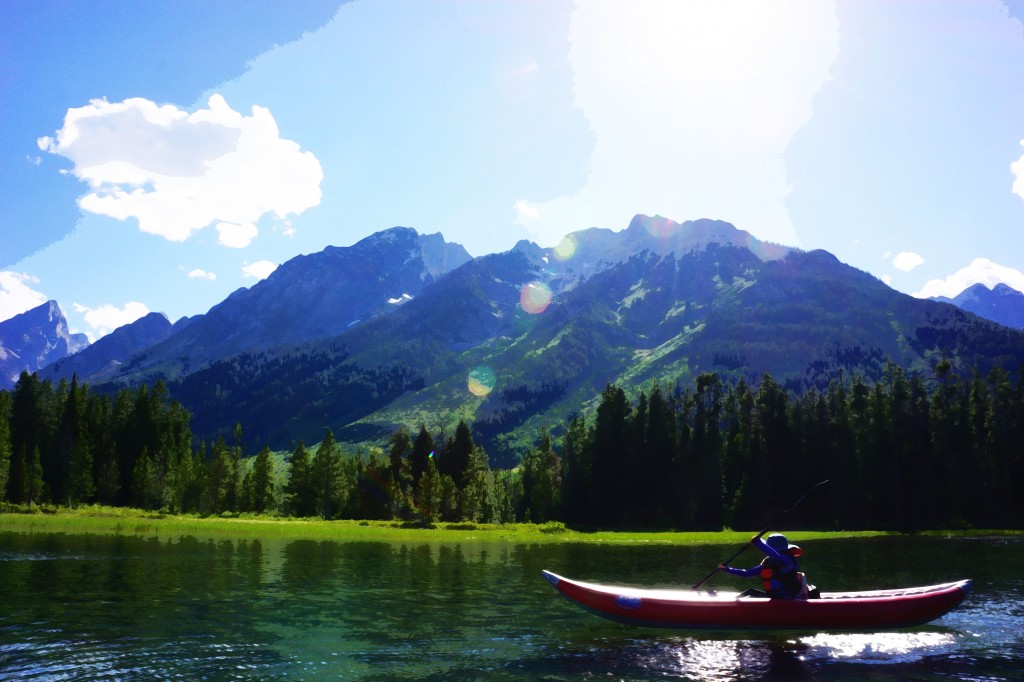
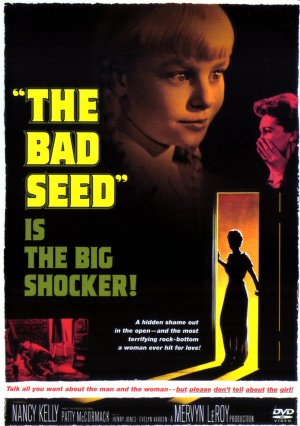
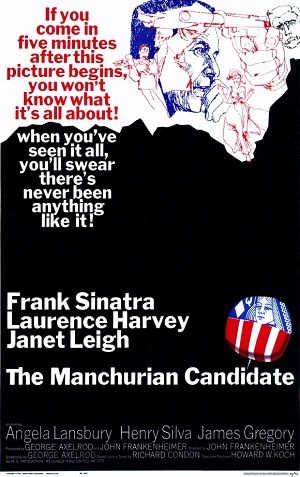
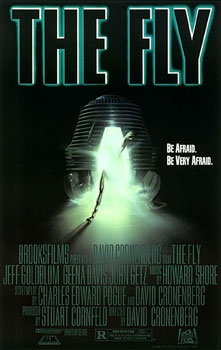
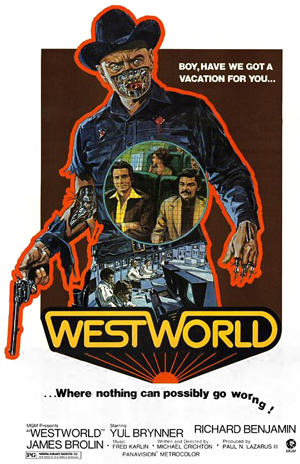 Flash forward to October 2nd, 2016, and the debut of HBO’s new Westworld series, which seems to have one-upped the original concept. The debut is both bloody violent and conceptually fascinating. As we have advanced in our notions of what A.I. is capable of—think of Ray Kurzweil’s The Singularity Is Near (2006)—the stakes have risen on what might happen if we create these robots for our pleasure and amusement.
Flash forward to October 2nd, 2016, and the debut of HBO’s new Westworld series, which seems to have one-upped the original concept. The debut is both bloody violent and conceptually fascinating. As we have advanced in our notions of what A.I. is capable of—think of Ray Kurzweil’s The Singularity Is Near (2006)—the stakes have risen on what might happen if we create these robots for our pleasure and amusement.
